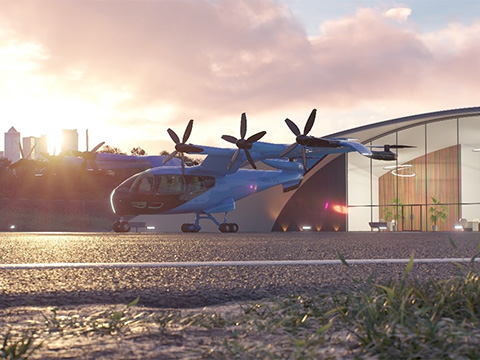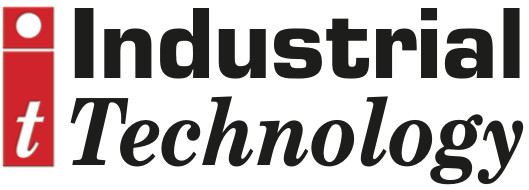
Posted to News on 30th Jun 2025, 16:00
Unlocking the potential of advanced air mobility
For several decades, the idea of short-range electric aircraft transporting passengers over cityscapes or across a region seemed unachievable. Now, it's on the verge of becoming a very tangible reality - one set to completely reshape the way we work and travel, as the experts at Regal Rexnord explain.

The world of Advanced Air Mobility (AAM) is entering a pivotal phase. Over recent years we have seen rapid progress in electric propulsion, flight control integration, and lightweight materials. This means technologies like electric vertical takeoff and landing (eVTOL) and hybrid-electric regional aircraft are moving closer to commercial deployment. These aircraft are designed to deliver cleaner, faster, and more flexible transportation, particularly in congested urban centres and underserved regional corridors.
However, bringing AAM to life takes more than innovative aircraft design. It requires a coordinated effort across certification pathways, electrical and mechanical integration, and supplier responsiveness, all underpinned by a commitment to safety.
Speed, safety and electrification
A key feature that sets AAM apart from the rest of the aviation sector is the rapid pace of development. While conventional aerospace programs often take a decade or more, many AAM platforms are aiming for certification within three to five years - or even less, if they can manage it. To meet these timelines, developers are embracing engineering strategies drawn from industries like automotive and commercial spaceflight: rapid prototyping, modular design, and continuous iteration.
Speed, however, must not compromise safety. System reliability and regulatory compliance are essential, but certification remains a major hurdle, requiring rigorous validation and trusted components.
And, while electrification is what has made AAM practical, the new technology also presents new challenges. Many platforms are shifting to fully electric or hybrid-electric powertrains, often featuring distributed electric propulsion (DEP). These systems offer efficiency and control advantages but introduce demanding technical requirements. Engineers must optimise weight, thermal management, power density, and noise, often simultaneously.
This shift touches nearly every subsystem, from motors and brakes to actuation and battery integration. Lightweight, high-performance components are essential, particularly as designers try to find the optimum amount of energy storage needed to deliver the ideal combination of range and weight.
Reinventing the supply chain for next-gen aerospace
To keep pace with fast-moving AAM programs, airframes and system designers are rethinking how they work with suppliers. It's no longer enough to deliver a part; suppliers must offer complete, integrated systems ready for qualification and certification.
Vertically integrated suppliers play a pivotal role here. When a partner can provide motors, gearheads, brakes, and actuators in a coordinated package, development moves faster. It reduces friction between design teams, shortens procurement cycles, and accelerates testing.
This is particularly valuable when performance requirements change mid-program. For example, a shift in motor spec might previously have required re-sourcing or redesigning other components. With integrated suppliers, the entire system can be adjusted in tandem.
This flexibility also supports a leaner certification process. Proven components with a track record in aerospace applications offer a head start on regulatory approval and simplify the process of demonstrating airworthiness.
Trust takes flight
Safety has always been the foundation of aerospace, and in AAM, it's even more critical. Many AAM aircraft will operate close to the ground, over dense urban areas, and in some cases, autonomously. Public acceptance will depend on systems that can demonstrate fault tolerance, reliability, and robustness.
Here, suppliers with established aerospace experience can make a difference. By offering components already certified or designed to aerospace standards, they help developers build systems that are not just innovative, but trustworthy.
Certification isn't just about ticking boxes. It's about ensuring these aircraft perform as intended, every time. That's why many AAM developers are prioritising partnerships with companies that understand both the pace of change and the rigours of compliance.
Enabling the future
Suppliers like Regal Rexnord Aerospace Solutions are helping to shape the future of AAM. With a broad portfolio that includes aerospace-grade motors, resolvers, gear systems, electromechanical brakes, and actuators, Regal Rexnord supports critical functions across flight control, propulsion, and aircraft systems.
What sets the company apart is its ability to deliver integrated solutions tailored to specific customer needs. AAM developers can start with proven, RTCA DO-160G components and collaborate with Regal Rexnord to customise systems for new applications, balancing rapid development with dependable performance.






